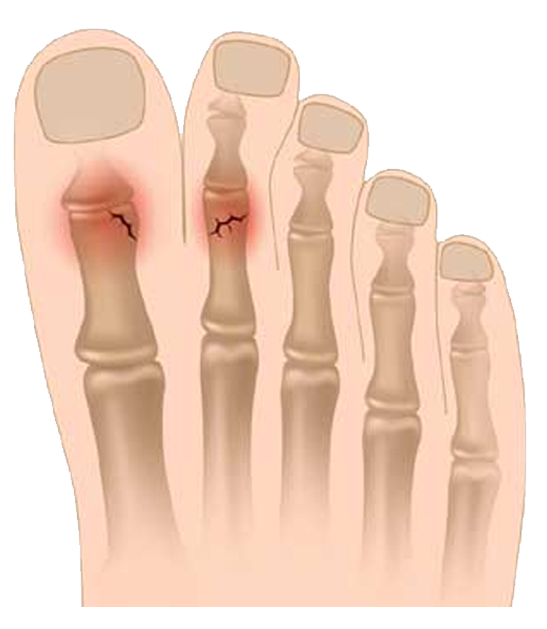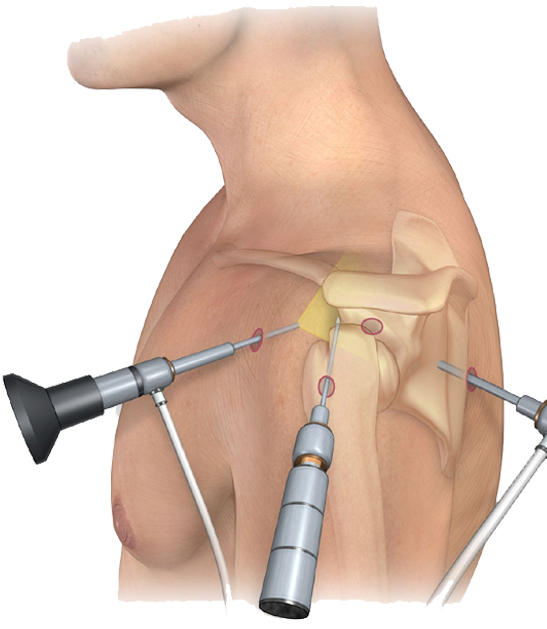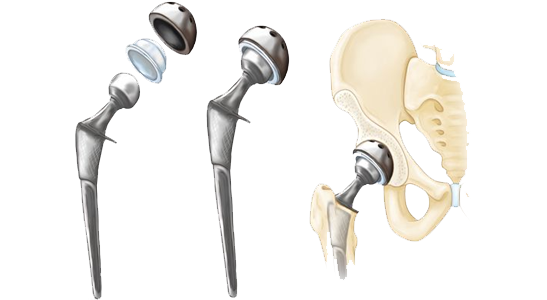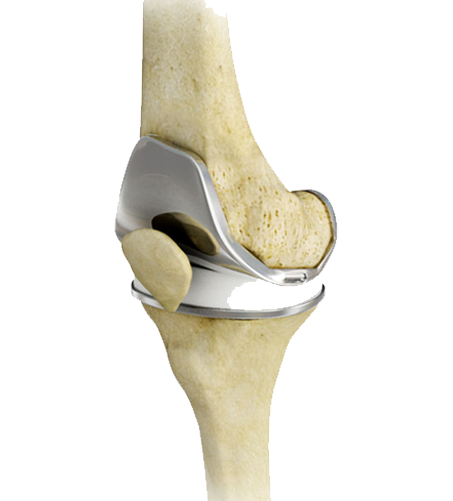ORTHOPEDIC
Traumatic Fractures
A traumatic fracture is caused by some type of accident, fall, or other kind of force. For example, a traumatic fracture can occur during a motor vehicle accident or when a person is struck with a heavy object. A pathologic fracture is a broken bone caused by disease, such as osteoporosis or cancer.
These fractures occur during an activity that normally would not cause a fracture, such as bending over to pick up a piece of paper.
Trauma Care
- Advanced fracture treatment
- Comprehensive multidisciplinary care for polytrauma patients
- Treatment of acute neurovascular injuries associated with polytrauma patients
- Treatment of complex pelvic and acetabular injuries
- Treatment of acute tendon & ligament injuries


Arthroscopy
Arthroscopy is a procedure for diagnosing and treating joint problems. During arthroscopy, a surgeon inserts a narrow tube containing a fiber-optic video camera through a small incision about the size of a buttonhole. The view inside your joint is transmitted to a video monitor.
Arthroscopy allows the surgeon to see inside your joint without having to make a large incision. Surgeons can even repair some types of joint damage during arthroscopy, with pencil-thin surgical instruments inserted through additional small incisions.
Doctors use arthroscopy to help diagnose and treat a variety of joint conditions, most commonly those affecting the :
- Knee, Shoulder, Elbow, Ankle, Hip, Wrist
Spine Surgery
- Spinal decompression and spinal instrumentation
- Spinal injuries – therapy and rehabilitation
- Treatment of spinal infections
- Fenestration and discectomy for disc prolapse
- Minimally Invasive Surgery using state of the art operating microscope
- Vertebroplasty / Kyphoplasty
Lumbar laminectomy is a surgical procedure most often performed to treat leg pain related to herniated discs, spinal stenosis, and other related conditions. Stenosisoccurs as people age and the ligaments of the spine thicken and harden, discs bulge, bones and joints enlarge, and bone spurs or osteophytes form. Spondylolisthesis (the slipping of one vertebra onto another) also can lead to compression.
The goal of a laminectomy is to relieve pressure on the spinal cord or spinal nerve by widening the spinal canal. This is done by removing or trimming the lamina (roof) of the vertebrae to create more space for the nerves. A surgeon may perform a laminectomy with or without fusing vertebrae or removing part of a disc. Various devices (like screws or rods) may be used to enhance the ability to obtain a solid fusion and support unstable areas of the spine.


Hip Replacement
Hip replacement is a surgical procedure in which the hip joint is replaced by a prosthetic implant. Hip replacement surgery can be performed as a total replacement or a hemi (half) replacement. Such joint replacement orthopaedic surgery is generally conducted to relieve arthritis pain or fix severe physical joint damage as part of hip fracture treatment. A total hip replacement (total hip arthroplasty) consists of replacing both the acetabulum and the femoral head while hemiarthroplasty generally only replaces the femoral head. Hip replacement is currently the most common orthopaedic operation, though patient satisfaction short and long term varies widely.
Knee Replacement
Knee replacement surgery — also known as knee arthroplasty (ARTH-row-plas-tee) — can help relieve pain and restore function in severely diseased knee joints. During knee replacement, a surgeon cuts away damaged bone and cartilage from your thighbone, shinbone and kneecap and replaces it with an artificial joint made of metal alloys, high-grade plastics and polymers.
The first artificial knees were little more than crude hinges. Now, you and your doctor can choose from a wide variety of designs that take into account your age, weight, activity level and overall health. Most knee replacement joints attempt to replicate your knee’s natural ability to roll and glide as it bends.
The first artificial knees were little more than crude hinges. Now, you and your doctor can choose from a wide variety of designs that take into account your age, weight, activity level and overall health. Most knee replacement joints attempt to replicate your knee’s natural ability to roll and glide as it bends.


